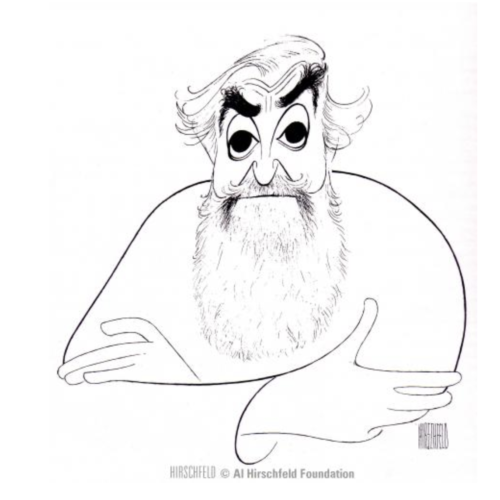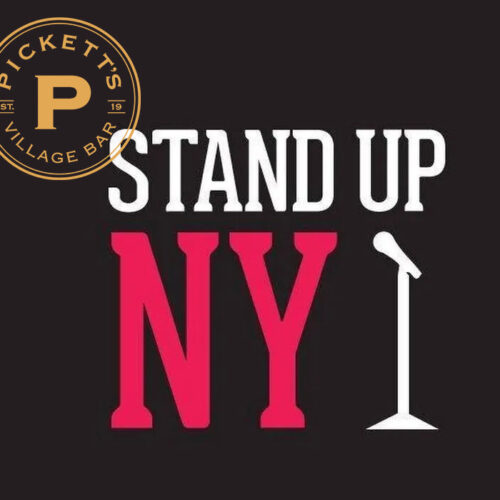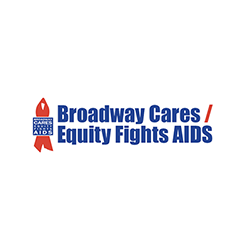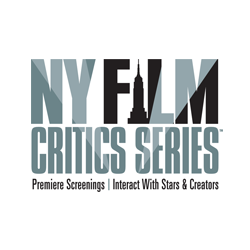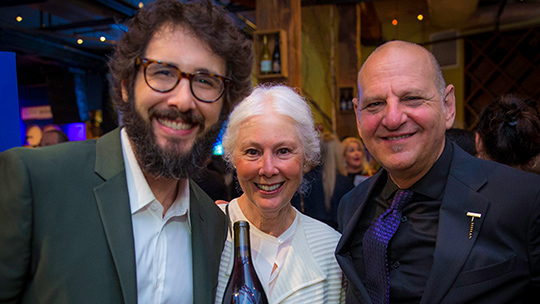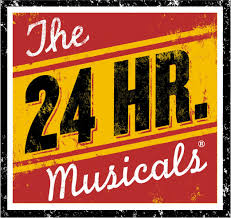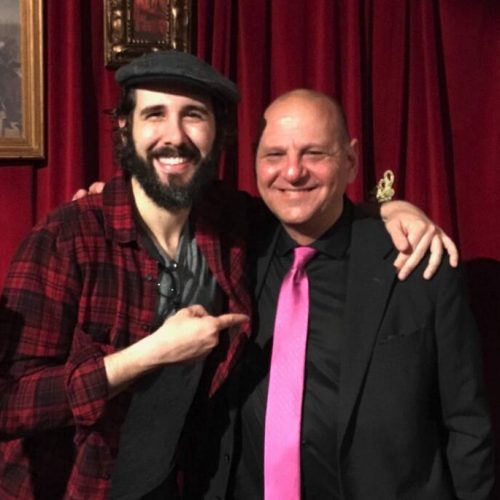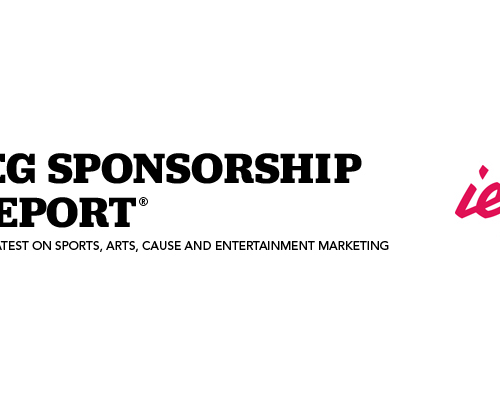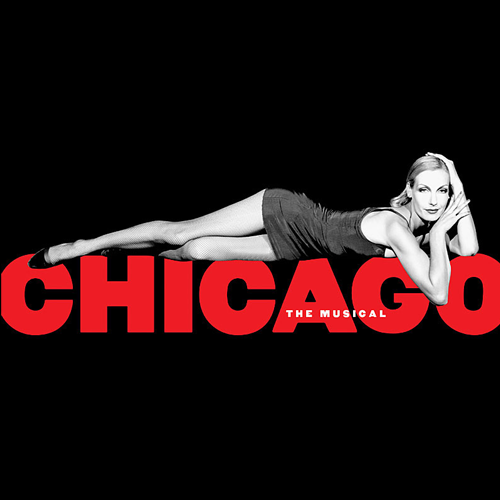Publication: New York Times
By Jane L. Levere
Although the current Broadway season formally ends with the Tony Award on Sunday evening, the theater industry’s efforts to market itself will actually be stepped up immediately afterward, with the debut next week of a “Live Broadway” platinum Visa credit card.
The promotion is the latest installment of an effort by the League of American Theaters and Producers to stimulate demand nationwide for live theater and, essentially, establish “Broadway” as a highly visible brand. The card will be offered jointly by the league, which is the trade group for Broadway productions in New York and throughout North America, and First USA Bank, a subsidiary of the Banc One Corporation.
Last year Continental Airlines signed up as the league’s first national corporate sponsor, paying a reported $750,000 annually in cash and services over five years.
In April, Schweppes became the league’s second corporate sponsor. Gerald Johnson, Director of promotions for Dr. Pepper/Seven Up Inc., which is a division of Cadbury Schweppes P.L.C., said that the company had struck a one-year deal for an unspecified sum, with the possibility of an extension, to make Schweppes “the exclusive tonic and mixer of Live Broadway.” Live Broadway is the league’s official logo, developed by Landor Associates, the corporate identity firm, and introduced last year to heighten public awareness of the Broadway stage.
Schweppes will run a supermarket sweepstakes this summer featuring a prize trip to New York that includes Broadway tickets. It will also put the Live Broadway logo on its packaging.
The goal of all these initiatives, said Jed Bernstein, the league’s executive director, “is to return Broadway to its place on the mainstream entertainment menu.”
“Broadway is one of the greatest untouched marketing platforms for corporate America,” he said. “If a sponsor tries to get involved in sport now, the price of entry is very high because it’s a crowded stage. But Broadway has done little in this area, and we’re creating a very efficient way for corporations to take advantage of that.”
Meg Meurer, the league’s director of marketing and new business development said Broadway productions – performed either on the New York Stage or in theaters around the country that are league members – faced stiff competition from all forms of entertainment, including sports events, concerts video games and even the Internet. The league’s goal, she said is to make Broadway theater “the most upscale form of mass entertainment.”
According to a recent survey by Research International, a division of WPP Group P.L.C., the average Broadway theatergoer in New York is 41 years old, well educated and affluent, with an annual household income of $91,000. Slightly more than half of these theatergoers live in the New York area, while the rest are tourists.
First USA finds the league’s audience attractive, said Stu Upson, senior vice president for sports and entertainment marketing, because “it’s loyal and the demographics are good.”
According to Ms. Meurer and Mr. Bernstein, the league is seeking additional sponsors in three categories – automotive, financial services and telecommunications. Mr. Bernstein said it had already raised some $10 million in cash, merchandise and media donated by sponsors and promotional partners, which also support its toll-free information line.
Theater industry executives and observers generally applauded these initiatives. George Wachtel, a New York based arts consultant who previously was the league’s director of research, deemed the sponsorships “helpful in a business where Broadway shows can’t afford to sell theatergoing as a lifestyle.”
“Sound of Music,” “Smokey Joe’s Cafe” and “Forever Tango,” and a member of the league’s executive committee, said he believd the league was successfully addressing the problem of “promoting Broadway as an idea when each of us has a vastly different product.”
Jim Erlick, a consultant in New York who advised the league on its First USA project, suggested that the theater industry “traditionally has been fractionalized, with independent, competitive producers doing their own branding.”
“The league’s programs create a hook for it to break through the clutter more convincingly than individual producers can on their own,” he said. “It gives them greater marquee value, more of a pedigree.”

